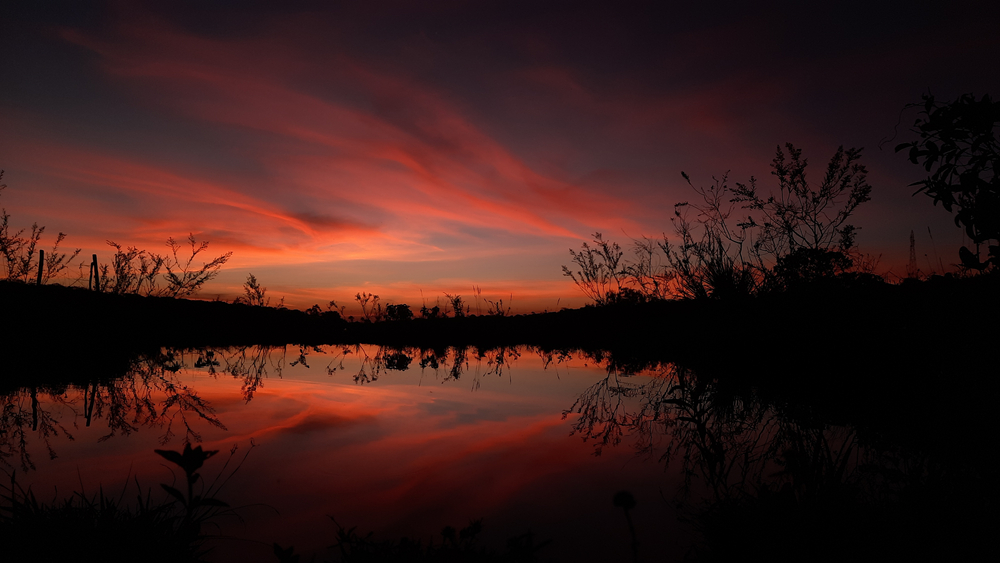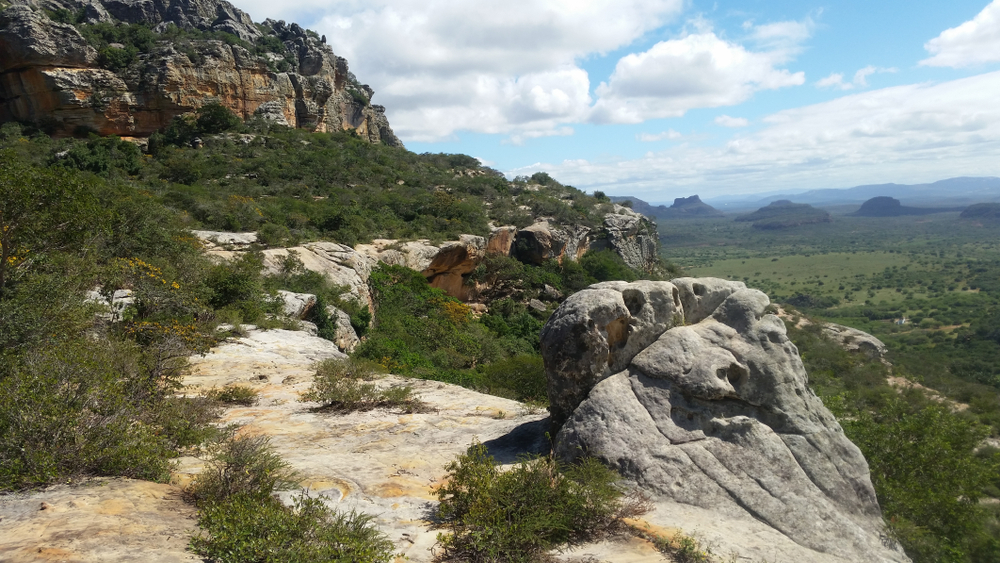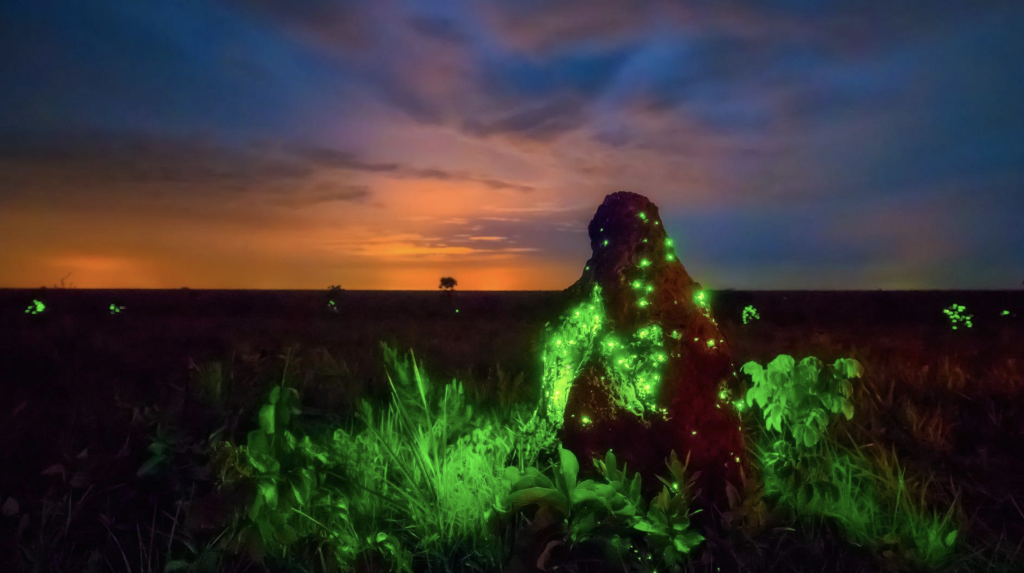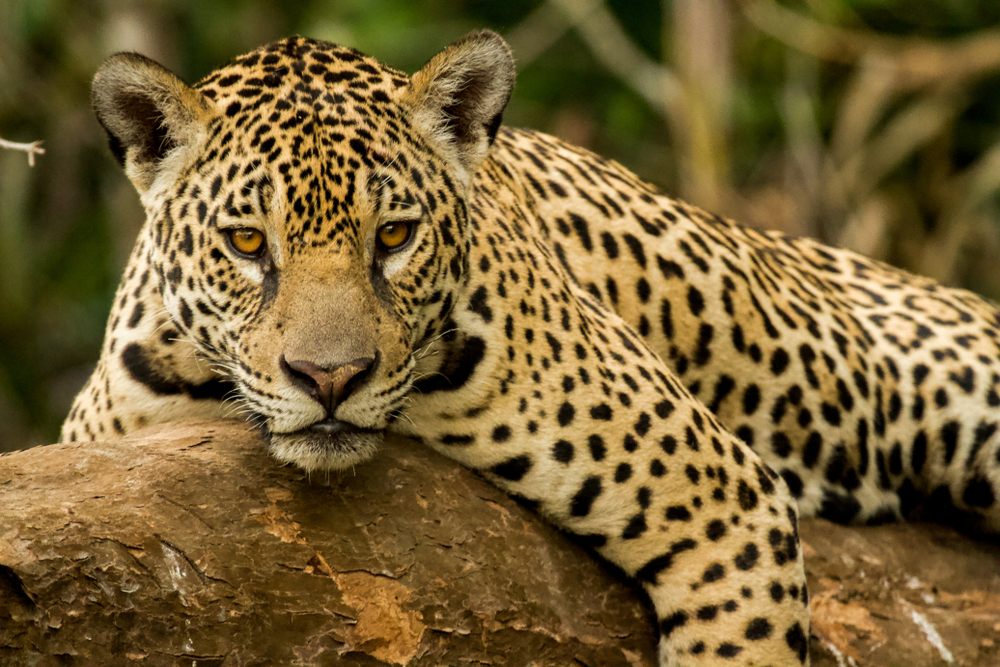Grande Sertão Veredas Overview
Grande Sertão Veredas National Park, or Parque Nacional Grande Sertão Veredas in Portuguese, is located in the northern region of Minas Gerais and the southwestern portion of Bahia in Brazil.
Spanning approximately 899 square miles (2,330 square kilometers), this vast protected area was established in 1989 and is named after the iconic Brazilian novel Grande Sertão: Veredas by João Guimarães Rosa, which romanticized the culture, landscape, and people of the sertão, Brazil’s arid hinterland. The park is part of the Cerrado biome, one of the most biologically rich tropical savannas in the world, and serves as a vital refuge for countless plant and animal species.
The terrain within the park is characterized by an intricate mosaic of savannas, gallery forests, veredas (wetland areas lined with buriti palms), and rocky escarpments. The landscape is both stark and striking, with wide open grasslands interspersed with patches of dense vegetation and watercourses.
Prominent features include the Carinhanha River and numerous springs and streams that originate in the park and feed into the São Francisco River Basin. The veredas are especially important, as these palm-lined wetlands sustain biodiversity and water flow even during dry seasons, making them central to the park’s ecological identity.
Wildlife in Grande Sertão Veredas is diverse and emblematic of the Cerrado. Mammals such as the maned wolf, giant anteater, and Brazilian tapir roam the open savannas, while smaller species like armadillos and various marsupials inhabit the denser patches of forest.
The park is also a haven for birdwatchers, with over 300 species recorded, including the hyacinth macaw, red-legged seriema, and the endangered Brazilian merganser. Reptiles, amphibians, and a wide array of insects contribute to the area’s ecological richness, and many species here are either endemic or threatened due to habitat loss in surrounding areas.
Among the most popular features of the park are the scenic veredas themselves, which offer a distinctive and peaceful experience for visitors. The contrast between the dry savanna and the lush wetlands is dramatic, and these areas are often the focus of guided treks and nature tours.
Hiking trails wind through varied terrain, allowing visitors to explore both elevated viewpoints and cool, shaded water sources. Photography, wildlife observation, and cultural storytelling tied to the legacy of João Guimarães Rosa enhance the visitor experience. The park’s remote and preserved setting makes it ideal for ecotourism and contemplative exploration.
Visitors typically engage with the park through guided hikes, camping, wildlife photography, and educational tours that highlight the Cerrado’s ecological importance. Interpretive centers and local community initiatives also offer insights into sustainable practices and the cultural significance of the region.
Efforts are made to involve nearby communities in tourism and park stewardship, strengthening ties between conservation and livelihoods.
Grande Sertão Veredas National Park faces conservation challenges such as illegal grazing, deforestation, and fire. However, it also represents a stronghold for Cerrado preservation. Successes include habitat restoration, increased scientific research, and community engagement in sustainable tourism.
Managed by ICMBio, the park is a key component in Brazil’s broader strategy to conserve the Cerrado and the watershed ecosystems it supports, making it an essential space for both ecological protection and cultural preservation.


















































































